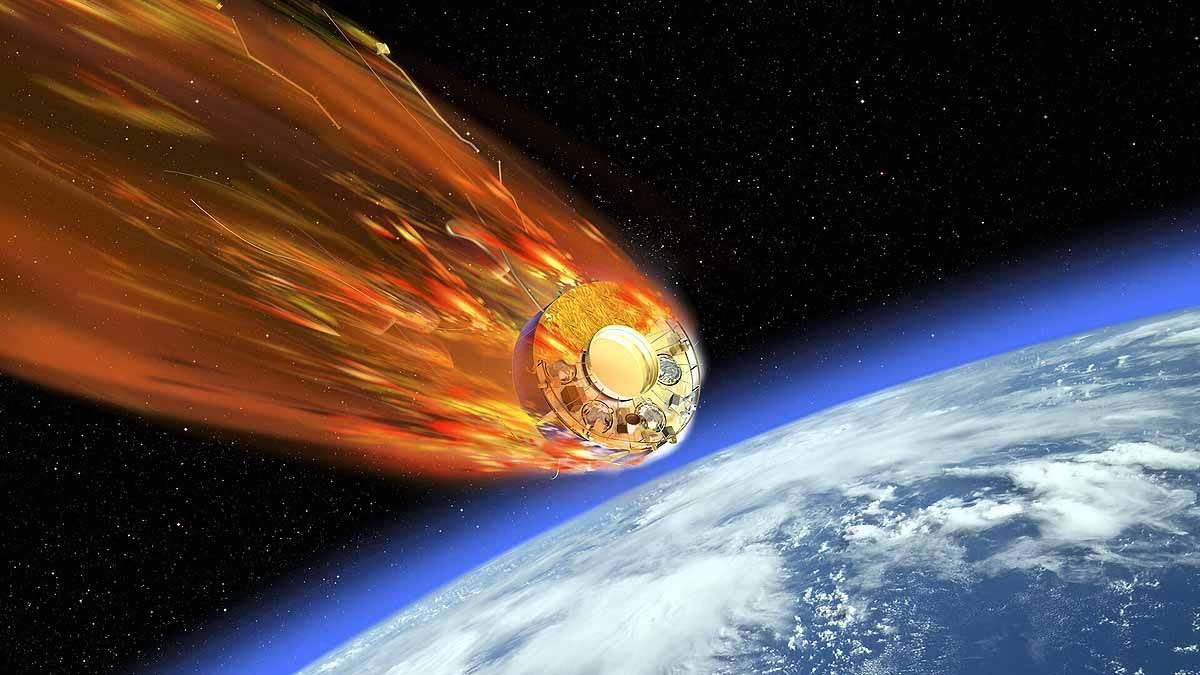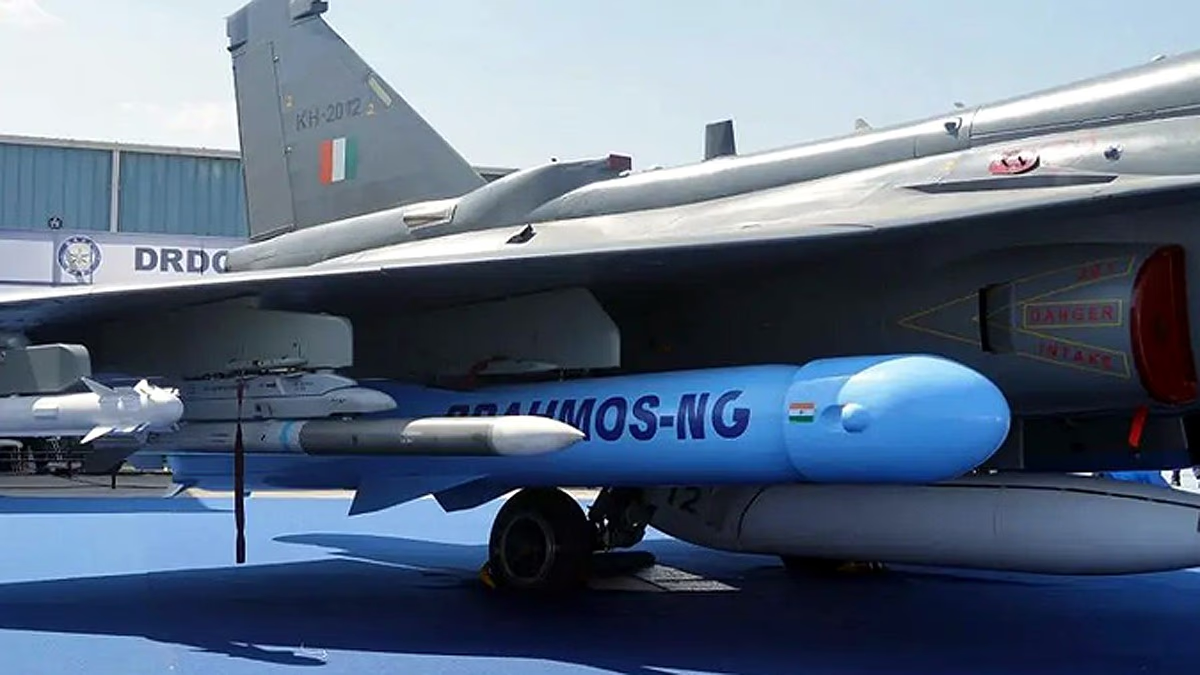A Soviet spacecraft, 53 years old and originally destined to land on Venus, is expected to fall uncontrollably to Earth by the end of next week. Known as Kosmos 482, this craft was part of the Soviet Union's Venera program. Scientists anticipate it will enter Earth's atmosphere around May 10, 2025, yet where it will land remains uncertain.
Kosmos 482: A Spacecraft Built for Venus
Launched by the Soviet Union in 1972, Kosmos 482 was a part of the Venera program aimed at collecting data from the Venusian surface. A companion to Venera 8, which transmitted data for 50 minutes after landing on Venus in July 1972, Kosmos 482 failed to complete its mission due to the upper stage malfunction of its Soyuz rocket, preventing it from reaching the necessary velocity for its journey to Venus. It became trapped in an elliptical Earth orbit instead.
Also Read: Despite threats and bloodthirsty claims, Pakistan sought help from the US when China-Iran-Turkey assistance fell short.
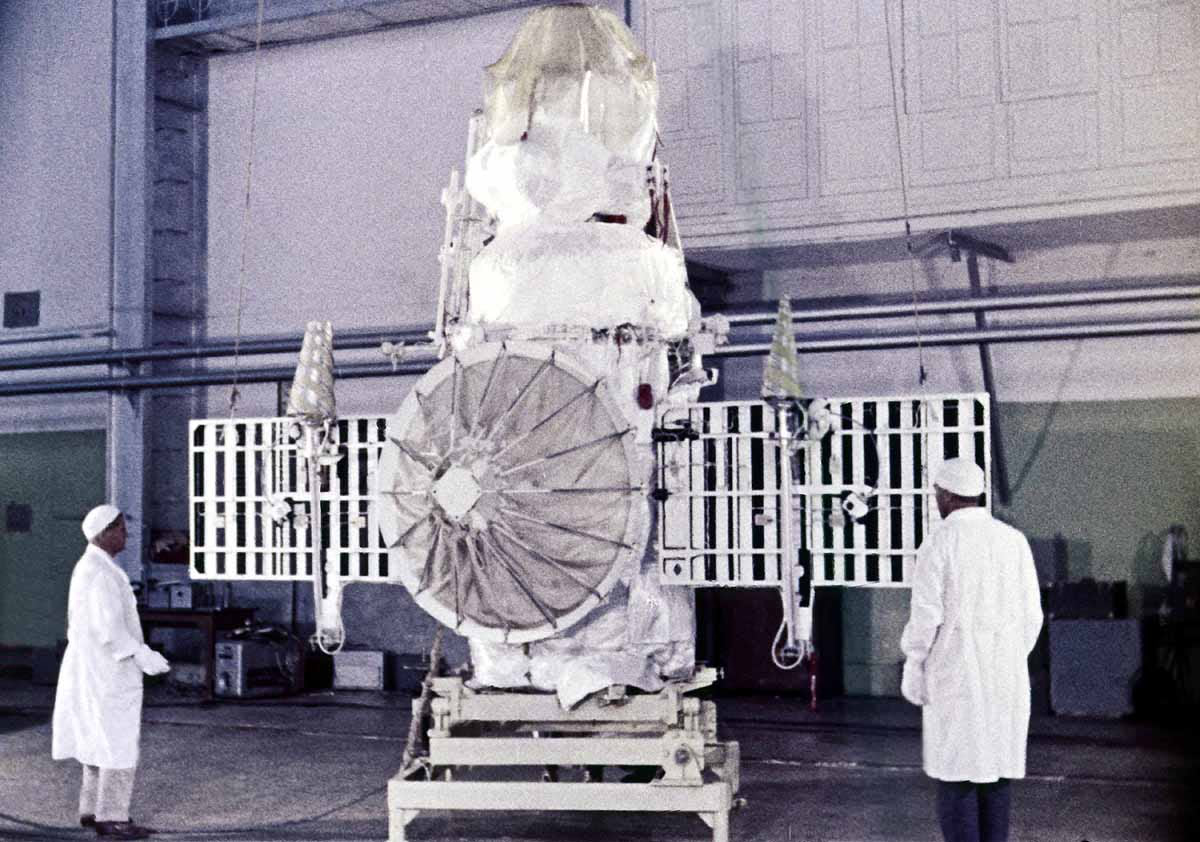
Source: aajtak
Venus hosts an extremely hot and toxic atmosphere. The Kosmos 482 lander was specifically designed to withstand these rigorous conditions. However, due to a rocket failure, the probe was unable to achieve the speed necessary for its interplanetary voyage and thus remained in Earth’s orbit.
Returning to Earth After 50 Years
Post-launch, Kosmos 482 separated into two parts: the main body and the lander. While the main body disintegrated upon entering Earth's atmosphere in 1981, the lander has been orbiting Earth for the past 50 years. Now, Marco Langbroek, a lecturer in space situational awareness at Delft Technical University in the Netherlands, has revealed through telescope analysis that the lander will soon return to Earth.
Also Read: Former ISRO Chief Dr. K. Kasturirangan Passes Away; Played a Key Role in Rocket Development
According to Langbroek, this 495 kg and 1-meter wide lander is predicted to enter Earth’s atmosphere around May 10, 2025, with a few days' margin of error. Remarkably, since it was constructed to endure Venus's intense conditions, it might remain intact during its atmospheric descent, potentially landing on Earth's surface without breaking apart.
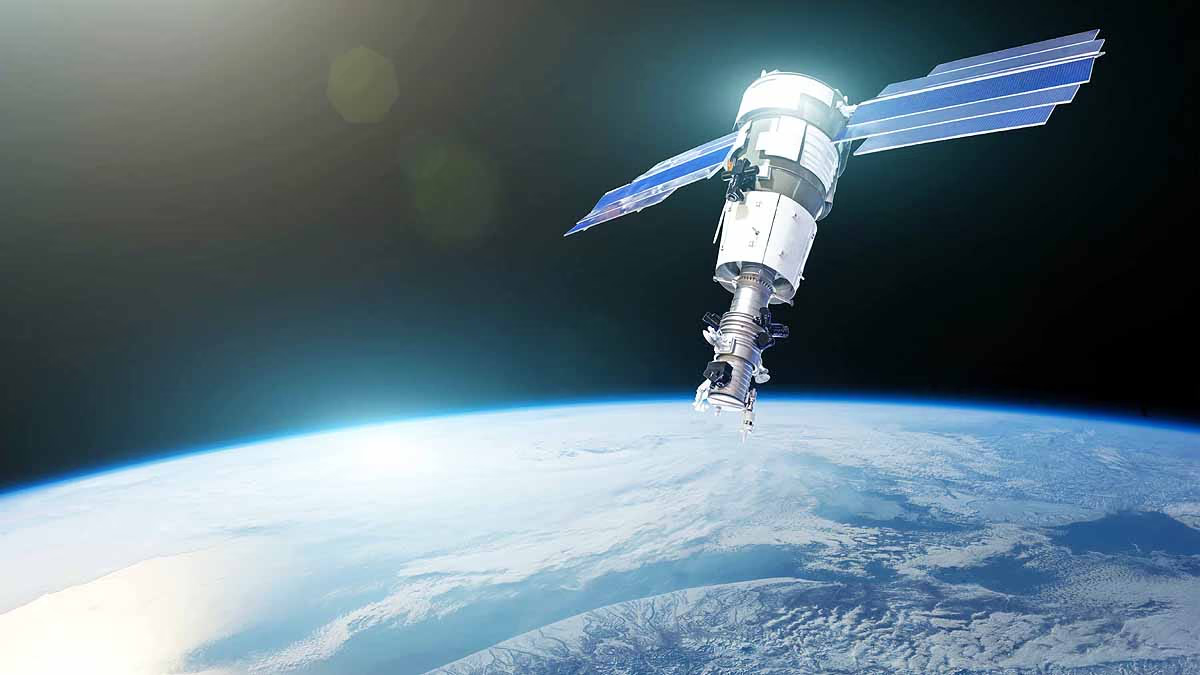
Source: aajtak
Where Will Kosmos 482 Land?
Langbroek has noted that Kosmos 482’s orbital inclination of 52 degrees suggests it could fall anywhere between 52 degrees north and 52 degrees south latitude. Regions include parts of southern and mid-latitude Europe, Asia, America, Africa, and Australia. However, it’s most likely to re-enter over an ocean, mimicking the fate of the Russian Phobos-Grunt mission in 2011. Langbroek likened this entry to a meteor strike as the lander could collide with Earth’s surface at 242 km/h.
Risks and the Scientific Perspective
The uncontrolled re-entry of Kosmos 482 raises several questions. The Venus-designed lander might remain intact instead of disintegrating during Earth’s atmospheric entry. If it lands on the surface, there could be risks to property and human life. Yet, with about 70% of Earth's surface covered by oceans, a sea landing remains probable. Space scientists and satellite trackers are closely monitoring its trajectory to predict its re-entry timing and potential impact zone accurately.
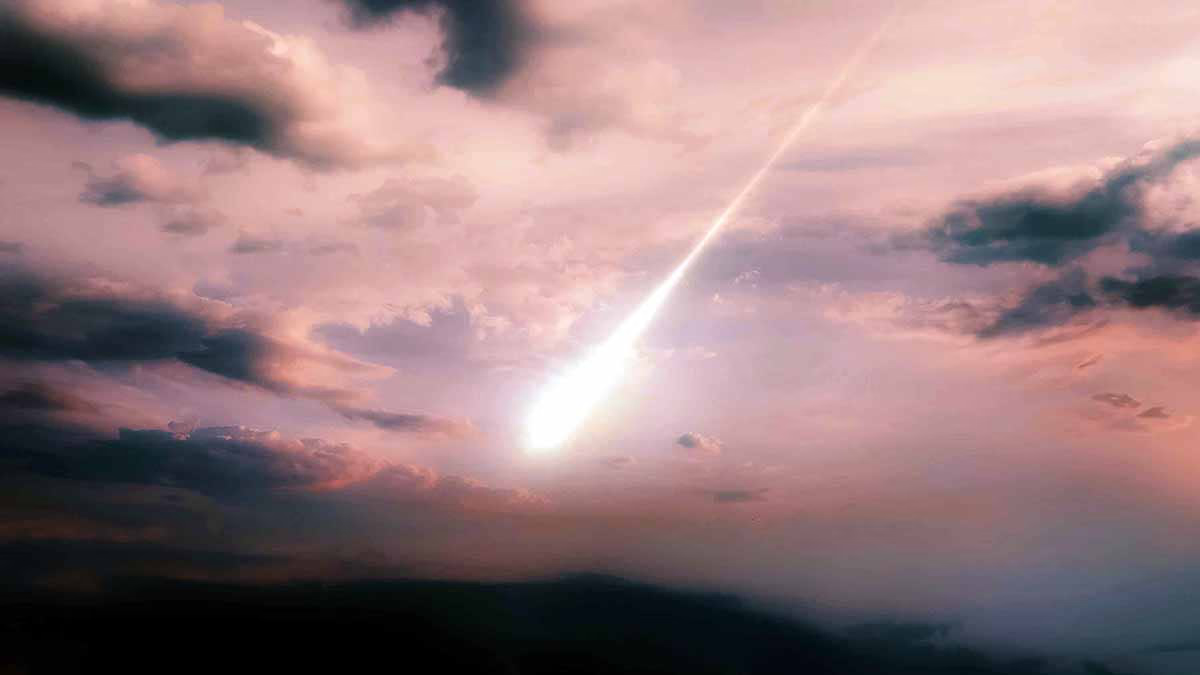
Source: aajtak
The Historical Significance of the Venera Program
The Venera program was a landmark achievement in Soviet space exploration. Numerous spacecraft were sent to Venus under this program, with Venera 7 and Venera 8 providing critical data from the planet's surface. Kosmos 482, despite its failure due to technical issues, symbolizes the engineering and technological prowess of its era.
